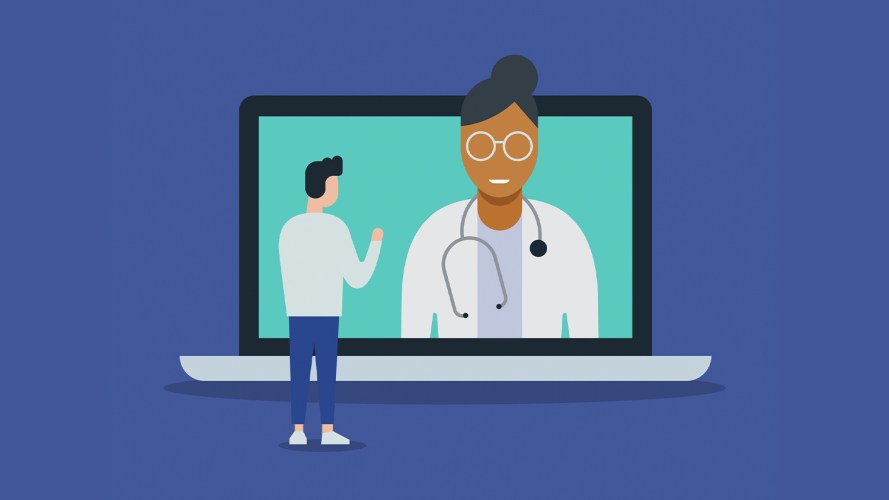3 Ways Health Insurers Can Cut Costs While Keeping Members Happy

Healthcare consumers see a major disconnect between the care they expect and the service they receive from health insurers. Your healthcare contact center is the key to not only meeting those expectations, but doing so efficiently.
When it comes to meeting healthcare consumers’ expectations, health insurers have a lot of room to improve. The good news? Digitizing your healthcare contact center can greatly improve the member experience — while helping you save money.
To learn more about what today’s consumers want, we surveyed nearly 12,000 global healthcare consumers about their expectations of health insurance providers for our latest Connected Healthcare Consumer report.
What do trusted healthcare organizations do differently?
We asked 12,000 healthcare consumers about their experiences, relationships and interactions with their health and healthcare providers, and learned how big an impact trust has on health outcomes.



Based on the survey data, we uncovered three ways health insurers can use technology to transform healthcare contact center operations, reshape member experiences, build trust, and remain competitive.
1. Cut the jargon and make health information easier to understand
Many consumers find it difficult to understand the complex healthcare system. Layer in ‘Medicalese,’ a real term for medical industry jargon, and it’s no surprise that low health literacy adds high costs for insurers.
When members don’t understand their coverage, it leads to more calls going over basics that should be explained clearly from the start. This just adds more time to your healthcare contact center agents’ workload, often preventing them from delivering the personalized service that consumers expect.
To build trust, insurers should look into digitizing their healthcare contact center, unifying data sources and providing a complete view of members’ information. When member information is housed in one place instead of different systems, call center agents don’t have to waste time searching for information or placing members on hold for long times.
Instead, a unified system can make your company more efficient and better at communicating clearly with members. Doing this will allow you to give people the personalized, timely support they need.
2. Digitize your healthcare contact center to offer easy access to benefits and claims information
Based on our survey, there is still a big gap between the services health insurance members want and those that are offered to them.
For instance, 88% of respondents said they are interested in personalized communications from their health insurer — but only 30% say they currently receive this level of support. That disconnect is even greater when it comes to personalized rewards and onboarding experiences.
The healthcare contact center is key in providing the personalized support people want. It’s often the first place members go to ask questions, learn what procedures are covered, and what the out-of-pocket costs will be. This is where you can rise to the challenge and inform them of cost-saving opportunities specific to their health conditions.
Preparing your healthcare contact center agents with this information can be the difference between meeting member expectations or having consumers look elsewhere. When your agents have a simple, unified view of member information through better technology, they can offer the personalized help people now expect.
3. Provide self-service and chat options
We learned that people want to access information and services on the channels they prefer, but that’s not how things currently run for many health insurers.
For example, only half of respondents said they have access to online portals they can use to search for answers on their own, while 85% want the option. Similarly, only 32% percent of people said they have the option to use online chat support, while 75% are interested in using that service.
For payers without online chat support or self-service portals, members often have to go through a healthcare contact center for resolution.
When members don’t have multiple ways to contact their provider, call center agents get bogged down by questions whose answers can easily be found elsewhere. This means less time available to work with members who truly need to speak with an agent for assistance.
Going with technologies that make these services possible will free up your call center agents to focus on those who need the most help.
Reducing costs and improving member experiences starts with your healthcare contact center
Unifying disjointed systems into one technology solution makes your organization run more efficiently, saving money and making things better for your members. When your healthcare contact center has all the information they need in one place, agents aren’t wasting time manually seeking out information.
With technology that breaks down internal silos, you’ll have the power you need to bridge that expectation gap.
Increase member satisfaction and unlock cost savings
See how updating your technology can help you deliver better member experiences and help boost your bottom line.
































